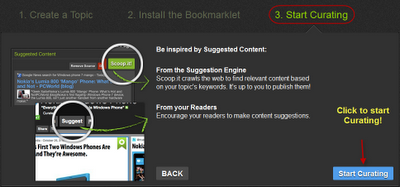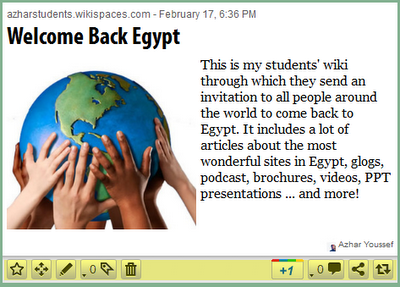One of the most beneficial strategies that our moderators have used during M4T workshop is Scaffolding. They were available all the time answering questions and solving problems. Video Tutorials are one tool through which they gave us a hand by voice and picture. As I said in a previous post, the expected teacher in the few years coming will be YOUTUBE Videos not a person. Now, I can learn to do anything with the help of some videos. I don't need to take face-to-face courses any more. That's why I thought to collect all the tutorials that were created by our moderators in this workshop. This will help others with the same interest.
How to Create an account and log into
M4T EVO2012 Session
Email Notifications Can Be Stopped
with One Click
How to Add your Skype ID
Resources, Activities and the Course
Sandbox
Moodle Buddy Groups on Profile
How to Contact your Moodle Buddy
Moodle Sandbox
During the 5 weeks of this session, there were other tools that our moderators used. One of them was WiZIQ. WiZIQ offers a rich set of intuitive tools for online teaching. You can teach courses live and online in their Virtual Classroom. You can also join their vast network of teachers and learners for free. Third, you have the chance to integrate the WiZIQ virtual classroom with your websites.
Here are the Live Classes of M4T EVO2012 Session:
- Week 1 Live Class: M4T EVO2012 Introduction
- Week 2 Live Class: Review of Week 1 & Sandbox
- Weeks 3 & 4 Live Class
- Week 5 Live Class
These are the M4T EVO 2012 Workshop's tutorials and live classes that helped me a lot to be on the right track during these 5 weeks. As I said before, Moodle has a variety of features that can suit all my students' learning styles and multiple intelligences. I think that it's time to integrate such wonderful tool in our EFL classrooms. I will try it and share the results with you here.
I have a last word to you my dear moderators and colleagues. I just want to send a big THANK YOU to everyone of you for your support, help and collaboration. I never forget these happy moments. Really, it is my first real collaboration with a colleague. I liked all the experience in spite of the problems concerning the different time zones and my low internet connection. We can try it again and again. See you @ EVO 2013.




















